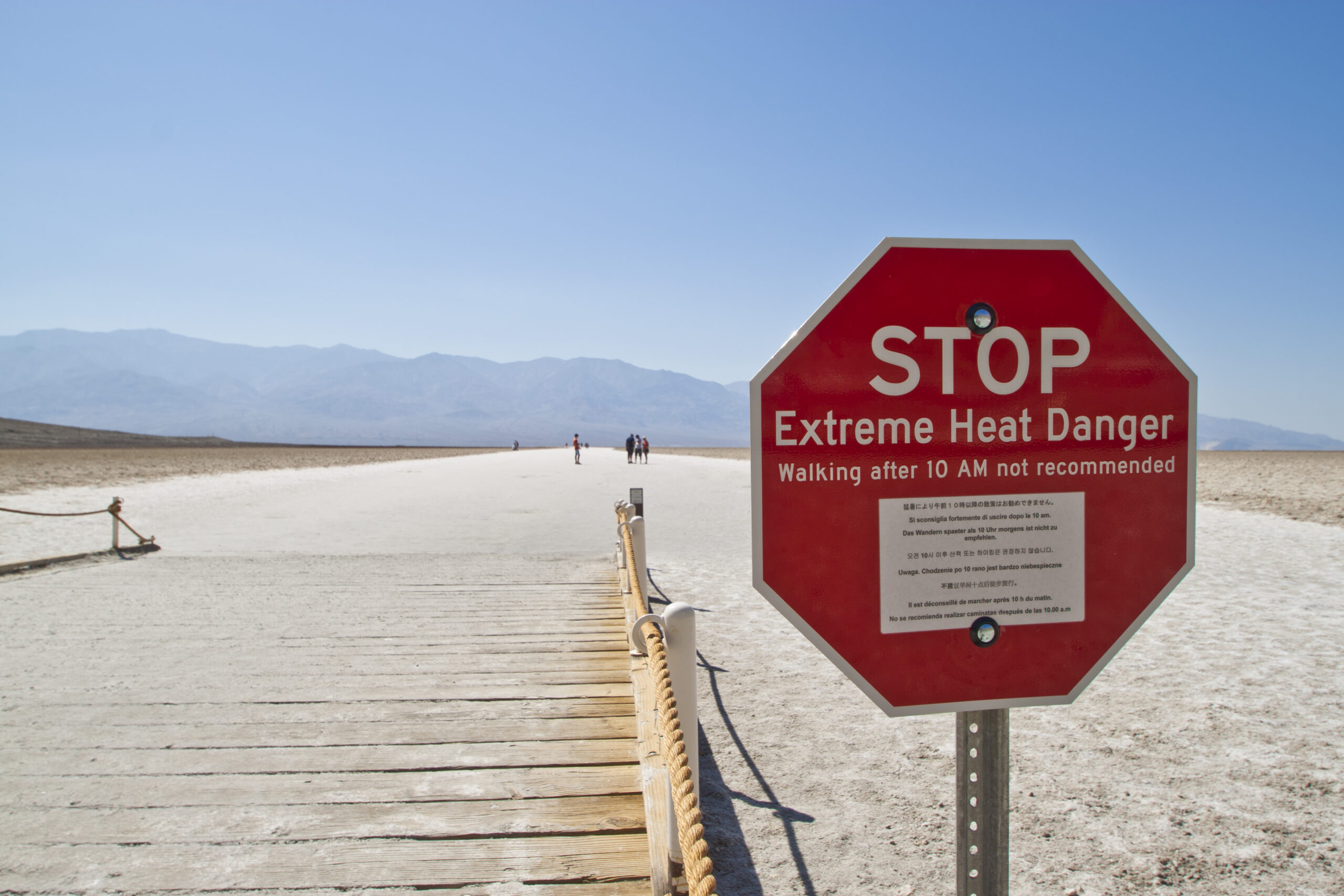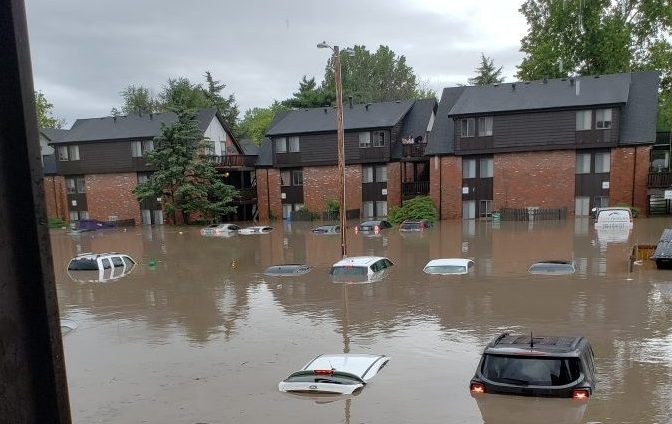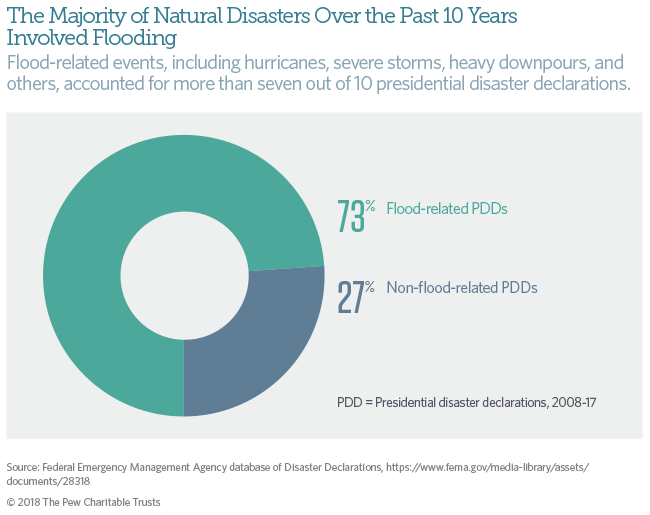Overview
A derecho (said with a softer “ch” as in “cheese” instead of a hard “ch” as in echo) is a line of intense, long-lived and widespread thunderstorms that move quickly across a long distance. According to the National Weather Service, “if the wind damage swath extends more than 240 miles (about 400 kilometers) and includes wind gusts of at least 58 mph (93 km/h) or greater along most of its length, then the event may be classified as a derecho.”
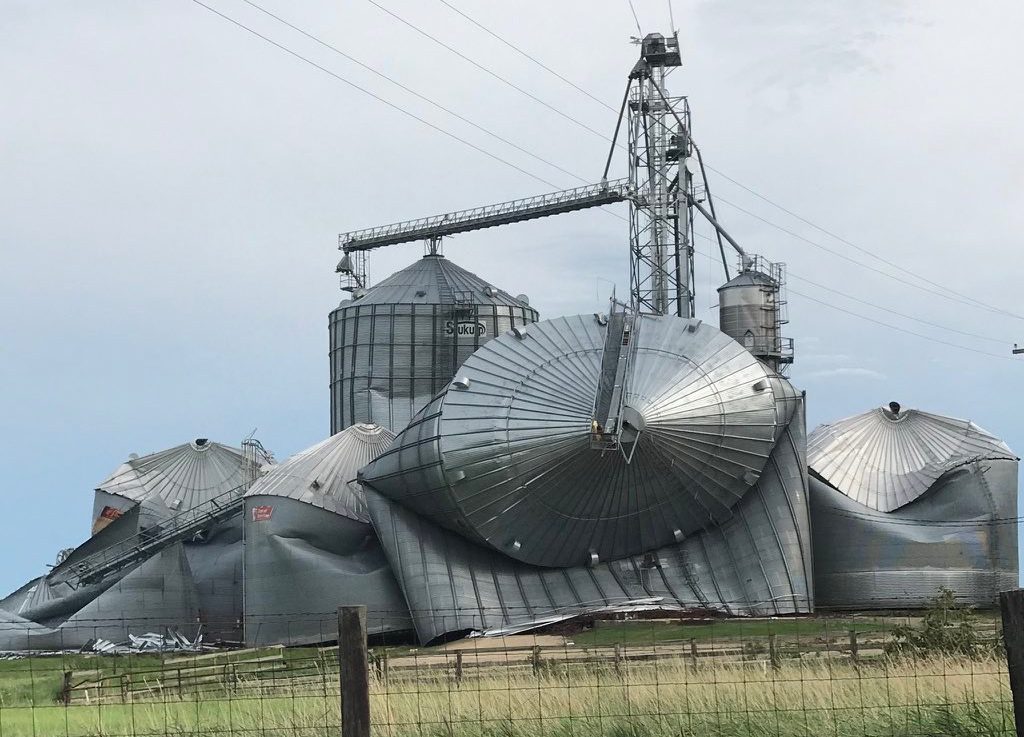
While the magnitude of damage from a derecho is often compared to the damage from a hurricane, derechos are not “inland hurricanes.” Hurricanes form around a central “eye” and have rotational winds that rotate around the center, while derechos form in a line and have straight-line winds that extend out from the derecho itself.
In North America, derechos are most common in almost every state sitting east of a line that extends from Montana to New Mexico and all the way to the east coast. During times of extreme heat, derechos may form as far north as the Canadian provinces of Saskatchewan and Manitoba. Around the world, derechos have also been recorded in Bangladesh and India, parts of Europe and South America, South Africa and China.
While many people are unfamiliar with the word “derecho” because it is such a rare weather hazard, it was first used by Professor Gustavus Hinrichs in connection with a storm on July 31, 1877. In addition to the August 2020 derecho, there have been several other significant derechos in the U.S., including seven multi-state derechos across the U.S. between the end of April and middle of July 2020. The Midwest derecho in August received more attention because of the extent of the damage and impact. There were also back-to-back derechos on the east coast during May 2018 and a series of three derechos in four weeks that affected west-central Ohio in 2012. One of the latter storms became part of the June 2012 North American derecho on June 29 and 30. That derecho caused nearly $3 billion in damage across six states and Washington, D.C., and killed 22 people.
Outside of the U.S., notable derechos have included a series of derechos across central Europe on Aug. 10-12, 2017 that killed six people, left approximately 700,000 buildings without power and resulted in almost 22,000 damage reports. A derecho in the Huanghuai area of China killed 22 people on June 3-4, 2009 when it struck the provinces of Sanxi, Henan, Shandong, Anhui and Jiangsu.
Key Facts
- Derechos pose the highest risk to people engaging in outdoor activities. This is especially important for those who may not be close to shelter like when they are camping, hiking or participating in watersports. The speed with which derechos can move means that people do not have the same amount of time to seek shelter that they would expect from a typical thunderstorm.
- Derechos are so big that they may cover multiple National Weather Service (NWS) forecasting regions. The size and speed with which derechos move mean that some people may not get an advanced warning, especially if they do not have access to weather updates or wireless emergency alerts.
- Derechos have a distinct damage profile. Damage from a derecho will point in the same direction because of the straight-line winds, while damage from a tornado will point in several directions.
- As heat waves increase in duration and frequency, derechos will follow. Derechos are most common during heat waves as they will form along the boundary of the heatwave and race along the border between the hot, high-pressure system and the cooler systems around it.
- The presence of a derecho does not eliminate the possibility of a tornado. In many cases, tornadoes can be spawned by the supercells that form the derecho itself, essentially causing a storm within a storm.
How to Help
- Support improving the accuracy of prediction and warning systems. Though many improvements have been made, derechos remain difficult to predict. Improved warning systems, such as those that call a home or wireless phone, are more reliable than warning sirens. FEMA introduced the Wireless Emergency Alert system, which sends text messages via wireless phones in the event of an emergency. The National Weather Service can also send severe weather alerts during a derecho.
- Help fund informational programs for those living in the most vulnerable areas. Overcoming misinformation related to derechos is important. Derechos are not “inland hurricanes” or very large tornadoes; they are a distinct weather phenomenon and should be treated as such. Yet, many people are unaware of their risk because derechos are such rare events.
- Fund building code changes and support structural improvement. In the areas most vulnerable to derechos, a typical home can withstand winds of 80 miles per hour, roughly equivalent to an EF0 tornado. Building houses, offices and other structures to withstand tornadoes will also improve their resilience towards derechos because there is a significant overlap in the areas where tornadoes and derechos are most common. Improved building methods could help reduce future death and destruction. Some simple steps, such as anchoring manufactured homes to concrete foundations or reinforcing garage doors, could make a significant difference.
- In the immediate aftermath of a devastating derecho, needs are sometimes met by an outpouring of response, but full recovery can take years. Derechos do not discriminate; these rare weather events can level government buildings, businesses, crops, farms and homes. When schools are damaged, particularly in small communities, life cannot return to normal. When businesses are damaged, the community’s economy suffers. Long-term recovery efforts must focus on creating a plan to minimize future damage, such as strengthening buildings and building codes, helping disadvantaged populations to receive legal aid to navigate FEMA rules and providing low-interest loans to small businesses.
What Funders Are Doing
Because derechos are rare, there has not been a significant amount of support directed towards derechos specifically. However, with derechos gaining prominence as more than just “bad thunderstorms,” more funds are being directed towards them.
Community Learning Series – Equity in Disaster Recovery from GCR Community Foundation on Vimeo.
In response to the August 2020 derecho event, many philanthropic and corporate organizations have stepped up to provide support in unique ways:
- Four cooperatives – all of which are community-owned by people in the affected areas – have teamed up to donate $200,000 to the American Red Cross in support of disaster relief. CHS, CoBank, Farm Credit Services of America and Land O’Lakes are deeply embedded in the life and work of the affected areas, particularly the agricultural community who make up the supply chain, owners and consumers of many of these cooperatives.
- The Iowa Association of Realtors, in partnership with the National Association of Realtors, established a $250,000 fund to support both mortgage and rent relief for people who were displaced due to damage, or were without power and therefore unable to inhabit their home.
- The Gazette, an employee-owned media company in Cedar Rapids, Iowa, created a Derecho Relief Business Marketing Grant to provide matching advertising credits worth up to $50,000 for local businesses impacted by the derecho.
- The Marion Economic Development Corp worked with local banks to establish low-interest loans for businesses. These loans are designed to assist in the recovery by local businesses and offer a 3.00% interest rate on a six-month term.
- The Greater Cedar Rapids Community Foundation established a Disaster Response Fund with an initial donation of $100,000 from TaxAct, a company headquartered in Cedar Rapids. This fund has already supported several organizations such as the Catherine McAuley Center and Eastern Iowa African Diaspora that have been working with immigrants and refugees who were left living in tents outside destroyed apartment buildings.
Earlier grants related to derechos include:
- The Petoskey-Harbor Springs Area Community Foundation donated $7,850 to the American Red Cross to support work in that region of Michigan after it was struck by a derecho in July 2019.
Learn More
- Disaster Playbook: Product Donations
- Disaster Playbook: Communities in Crisis
- Disaster Playbook: Employee Assistance
- Disaster Playbook: Immediate Relief/Individual Support
- CDP Disaster Profile: 2020 Midwest Derecho
- CDP Issue Insight: Extreme Heat and Global Warming
- CDP Issue Insight: Climate Change
- CDP Issue Insight: Tornadoes
- CDP Issue Insight: Critical Infrastructure and Systems
We welcome the republication of our content. Please credit the Center for Disaster Philanthropy.
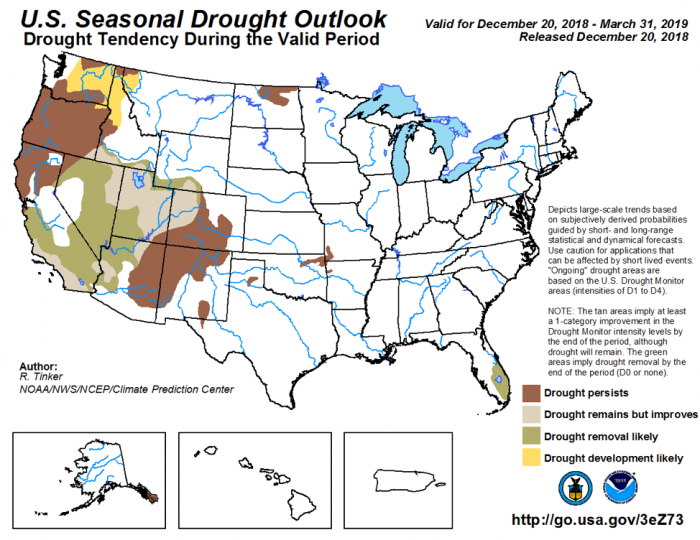
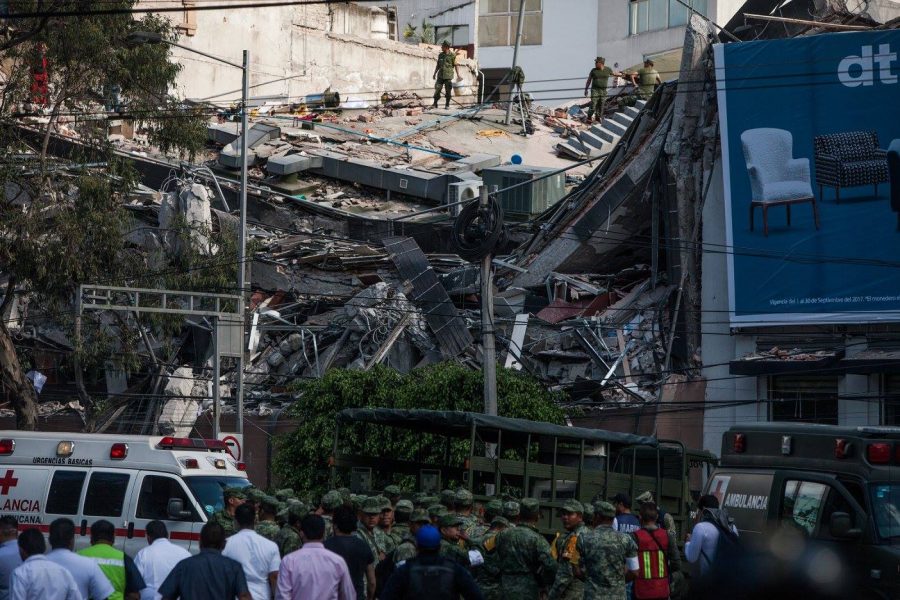
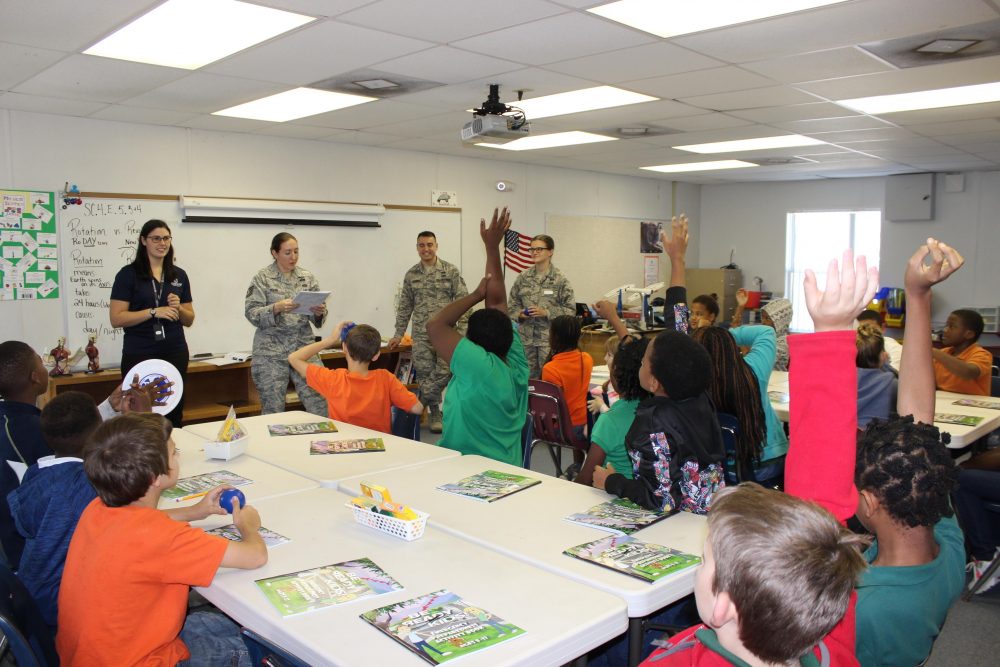
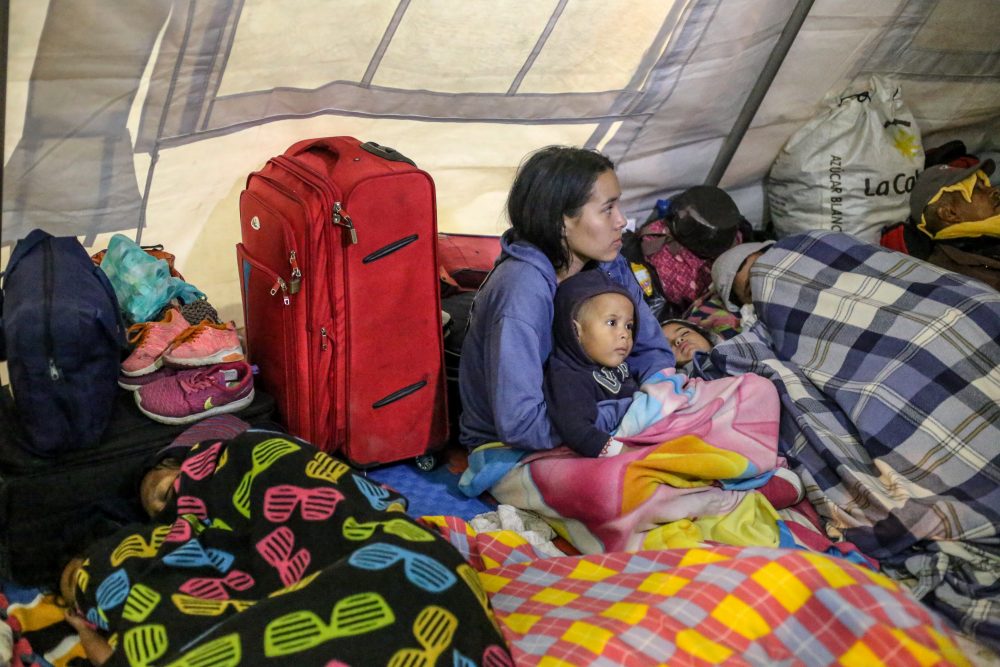
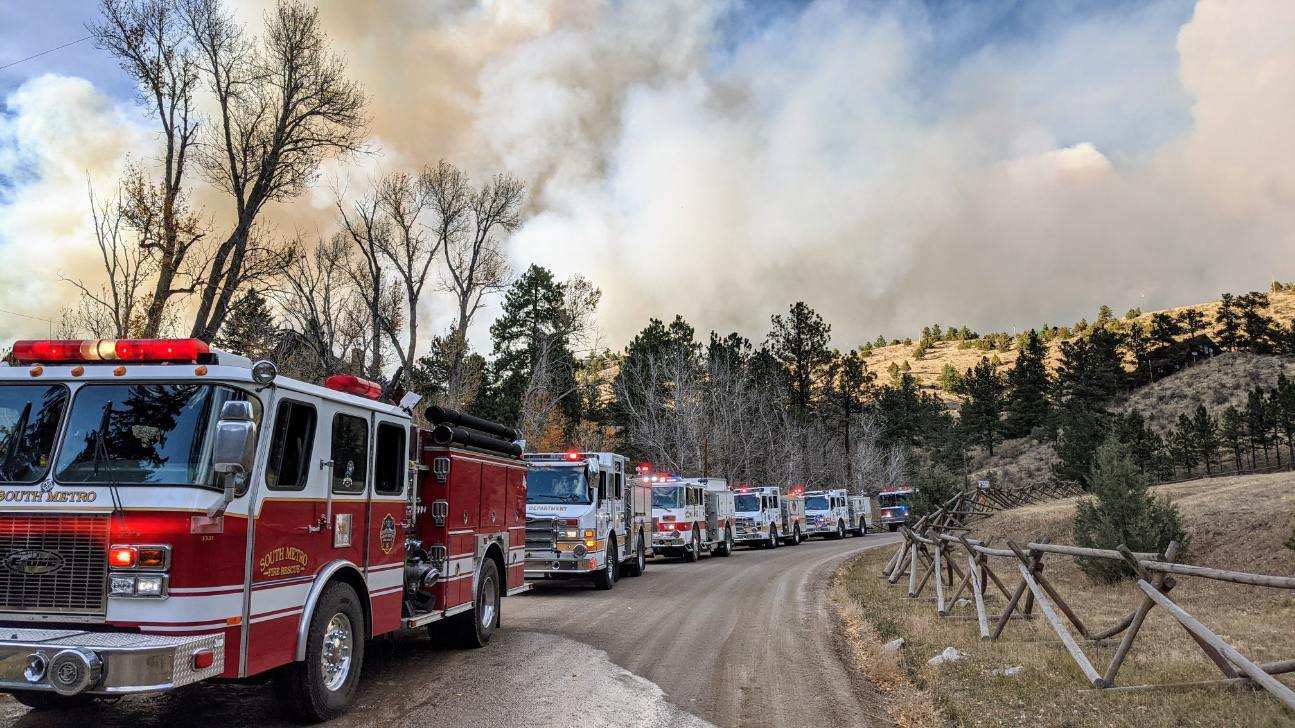
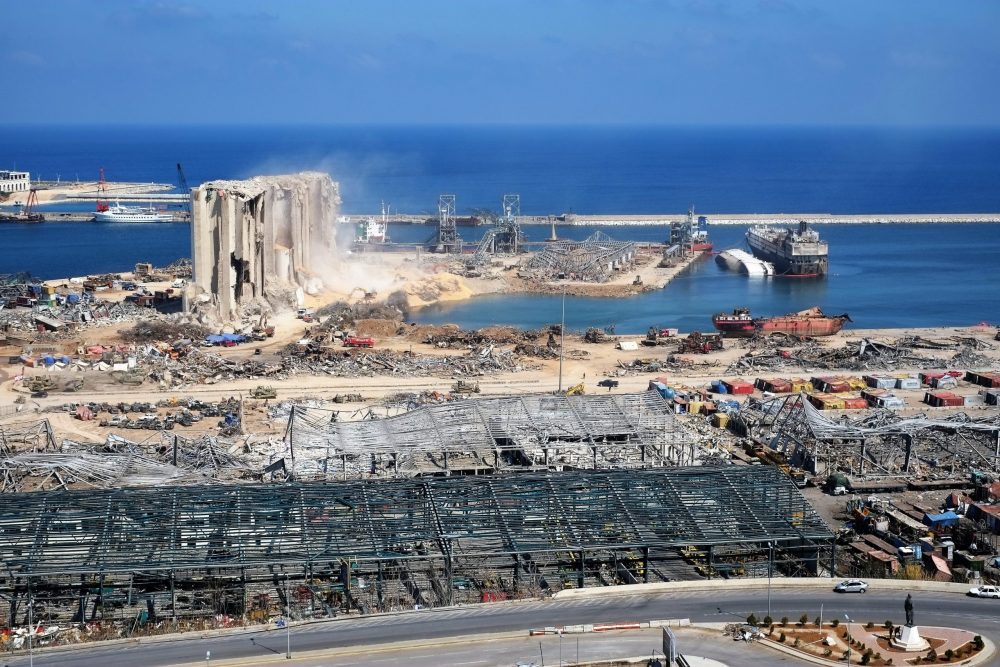
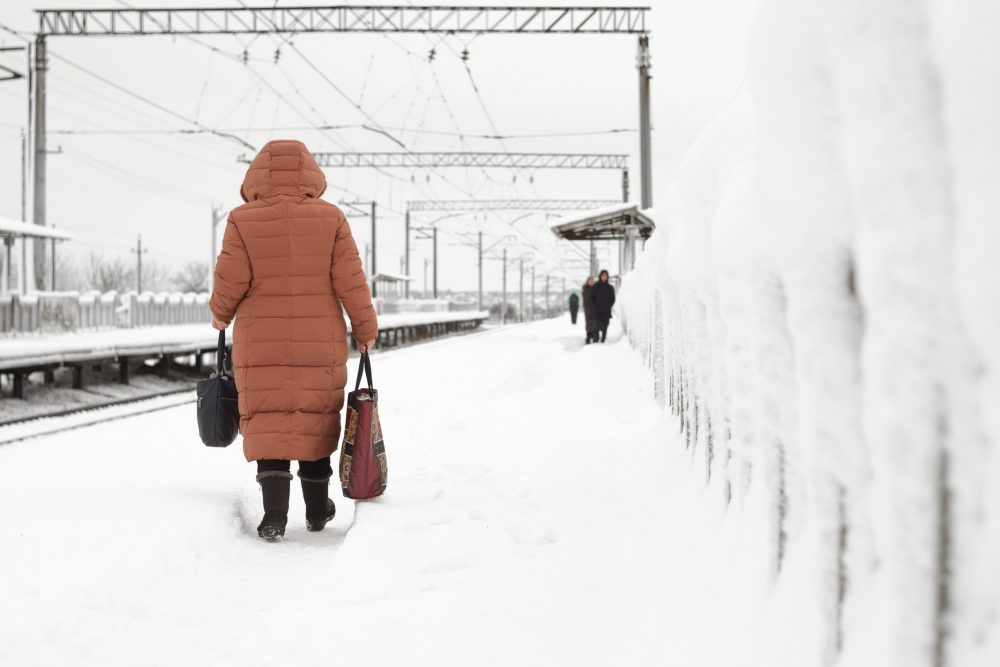 As with extreme heat, extreme cold has a variable definition depending on the location and acclimatization of the population to those temperatures. For example, people who live in a temperate state such as Florida may find 50 degrees chilly or cold, while those who live in colder states such as Minnesota may find 50 degrees to be comfortable or even warm.
As with extreme heat, extreme cold has a variable definition depending on the location and acclimatization of the population to those temperatures. For example, people who live in a temperate state such as Florida may find 50 degrees chilly or cold, while those who live in colder states such as Minnesota may find 50 degrees to be comfortable or even warm.